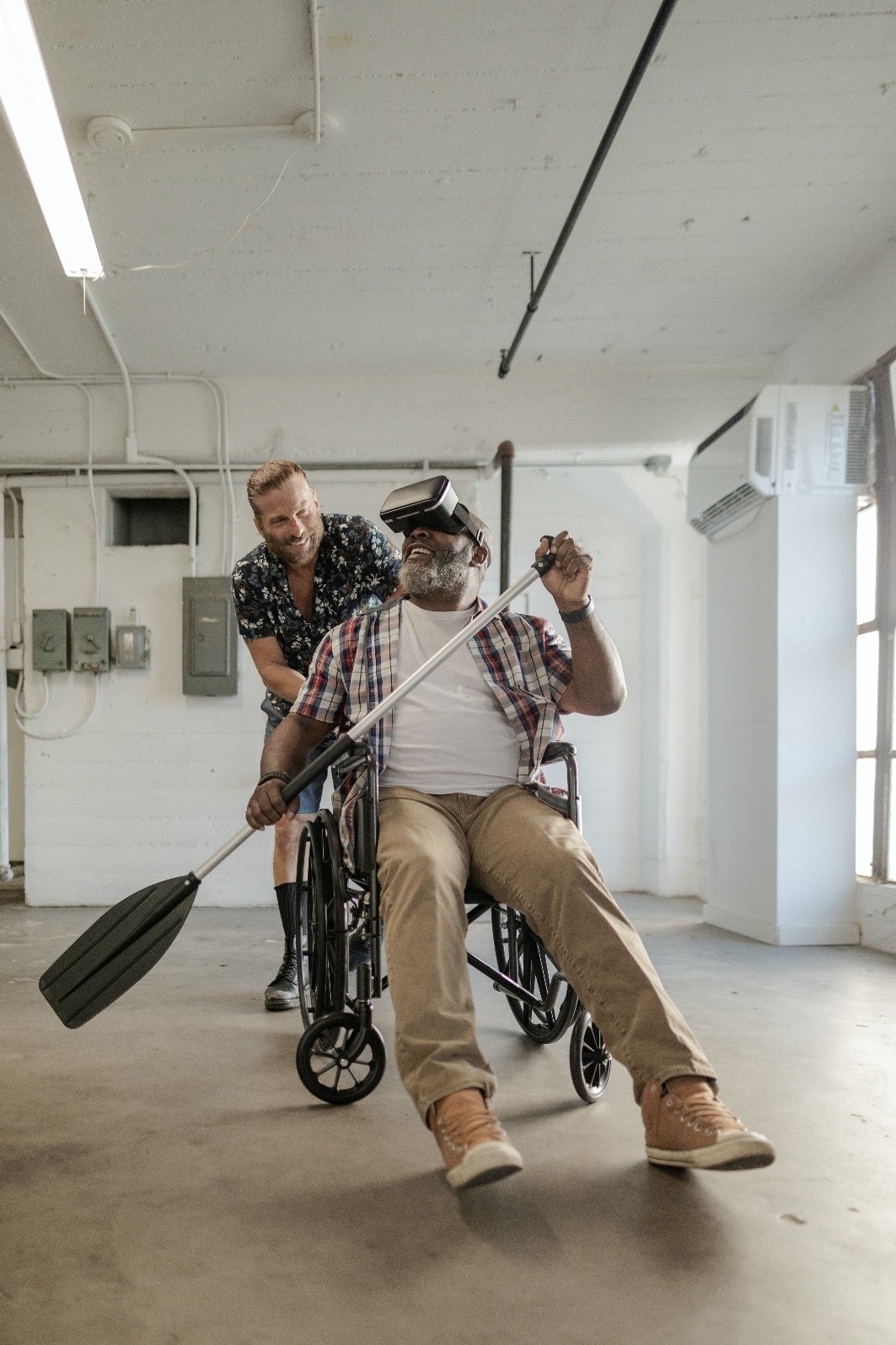
Revolutionising Rehabilitation: Virtual Reality and Robotics in Physiotherapy
As the field of physiotherapy continues to evolve and innovate, the use of cutting-edge technologies is becoming increasingly commonplace in rehabilitation. Virtual reality and robotics are two of the most promising innovative technologies that are changing the face of physiotherapy as we know it. These technologies have the potential to revolutionise the way patients recover from injuries, improve their mobility and restore their quality of life.
Imagine a patient who has been confined to a wheelchair for months, unable to move their legs due to a spinal cord injury. With virtual reality, Australians with a spinal cord injury (SCI) can now embark on a simulated journey that makes them feel like they are moving their legs, giving them a sense of control and empowerment. Robotics, on the other hand, can be used to provide patients with targeted and consistent movements that are difficult to achieve with manual physiotherapy alone.
Virtual Reality in Rehabilitation
VR technology creates a computer-generated simulation of a three-dimensional environment that patients can interact with in a seemingly real way using specialised equipment, such as headsets and sensors.
One of the key advantages of using virtual reality in physiotherapy is that it allows patients to perform exercises and movements in a controlled and safe environment. This provides a sense of security and ease for patients, allowing them to engage in activities that may otherwise be too daunting or challenging.
Virtual Reality for individuals affected by stroke is becoming an increasingly popular tool in the field of stroke rehabilitation. After a stroke, patients may suffer from a range of physical, cognitive, and emotional deficits that can hinder their ability to regain function and independence. Virtual reality can provide a unique and engaging experience that can help patients overcome some of these challenges.
One of the ways that virtual reality is being used in stroke recovery is through the use of interactive games and simulations. These games are designed to provide patients with a fun and engaging way to work on their physical and cognitive skills. For example, a virtual reality game might challenge a patient to reach for objects or walk across a virtual room, with the game adapting to the patient’s abilities to provide just the right level of challenge.
Virtual reality can also provide stroke patients with a sense of presence and immersion that can help to improve their emotional well-being. For example, a patient might be able to explore a virtual environment that they find calming or engaging, which can help to reduce stress and anxiety.
Treatments using rehabilitation robots are also growing in popularity around the world.
The use of robotics in rehabilitation is another rapidly expanding area of physiotherapy that is pushing the boundaries of what we thought was possible. Robotics technology involves the use of mechanical devices to assist or replace human movement. These devices can be used to help patients recover from injuries or disabilities that affect their ability to move and function independently.
Combination of VR and Robotics in Physiotherapy
One of the most exciting applications of robotics in rehabilitation is the use of virtual reality in combination with robotics.
In this approach, patients wear a VR headset and are transported to a virtual environment that is specifically designed to support their recovery goals. They are then assisted by a robotic device that provides physical support and feedback as they move and perform exercises within the virtual environment.
This combination of technology creates a more engaging and motivating experience for patients, which can lead to improved adherence to treatment plans and better outcomes. Patients are able to see and feel their progress in real-time, which can be incredibly motivating and inspiring.
Future of Innovative Technologies in Rehabilitation
The future of innovative technologies in rehabilitation is incredibly promising. As technology continues to develop, we can expect to see even more advanced and sophisticated approaches to physiotherapy.
Another area of growth is the development of wearable technology that can provide real-time feedback and monitoring of patient progress. Wearable devices such as sensors, smart fabrics, and biometric monitors can provide physiotherapists with valuable data on patient movements, allowing them to make adjustments and provide more targeted treatment.
As a physiotherapist, I am excited about the potential of these technologies to revolutionise the field of rehabilitation. By staying up-to-date with the latest advances in technology, I am committed to providing my patients with the most effective and innovative treatments available.



